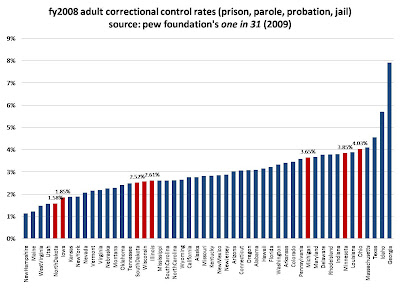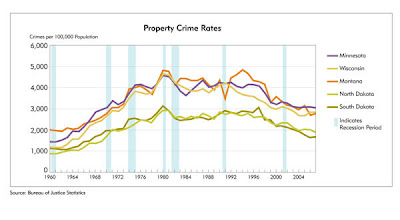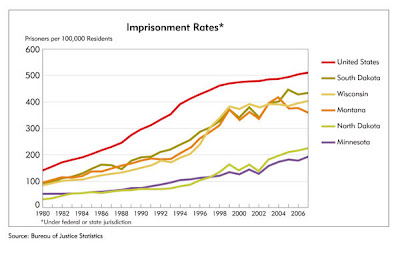 after confessing to 14 murders, chicago mobster nicholas calabrese was sentenced to serve 12 years and 4 months by u.s. district judge james zagel. in fact, he could be out as early as 2014, given that he’s been incarcerated since 2002 and he’ll be credited for time served.
after confessing to 14 murders, chicago mobster nicholas calabrese was sentenced to serve 12 years and 4 months by u.s. district judge james zagel. in fact, he could be out as early as 2014, given that he’s been incarcerated since 2002 and he’ll be credited for time served.
why does an admitted mob hitman merit a lighter sentence than, say, the poor guy in florida who bought too much oxycontin to manage chronic pain? because mr. calabrese gave up the family secrets, that’s why, and those secrets helped bring down bosses frank calabrese, joey “the clown” lombardo, and james marcello, as well as lesser enforcers and wayward police officers.
there’s a clear utilitarian logic behind cutting such deals, in which the social benefits of locking up the big fish are thought to outweigh the social costs of giving preferential treatment to hit men who snitch. yet how is a judge supposed to balance the clear value of mr. calabrese’s cooperation against the clear harm he’s done? and how should a judge or prosecutor weigh the normative costs of cutting deals with some of most destructive individuals they encounter in the criminal justice system?
the tribune quotes a u.s. attorney on the paradox, who notes that “pure justice” would have meant lifetime incarceration. nevertheless, unlike a lot of informants, mr. calabrese was uniquely positioned to bust up the “toughest nut to crack” — and his testimony was indeed a boon to public safety. moreover, the deal offers a general incentive to others, as well as a specific incentive to mr. calabrese: if others come forward, they know there’s at least a chance they won’t spend the rest of their lives in prison.
of course, 12 years (or 4 years and time served) still feels like an arbitrary and unsatisfying compromise. such sentences remind me of harry blackmun’s famous opinion, as he fumbled around for some sort of medical, cultural, and legal rationale to specify the precise moment at which a fetus becomes a human being. while a judge may act with a pragmatic orientation toward the greater good, any cut-point between zero and life (or conception and birth, i suppose) is likely to seem arbitrary. i’m not sure whether such judges are compromised or courageous. probably both.


 where do you go to start a new life after 35 years in prison? is it possible to pay the price for your crimes and to start again with a clean slate? in this age of community notification, apparently not.
where do you go to start a new life after 35 years in prison? is it possible to pay the price for your crimes and to start again with a clean slate? in this age of community notification, apparently not. programs in which inmates work with dogs are fairly common and seem to benefit all involved, as both the animals and humans learn new skills and also learn to trust one another.
programs in which inmates work with dogs are fairly common and seem to benefit all involved, as both the animals and humans learn new skills and also learn to trust one another. 





 how i do love this story! an
how i do love this story! an